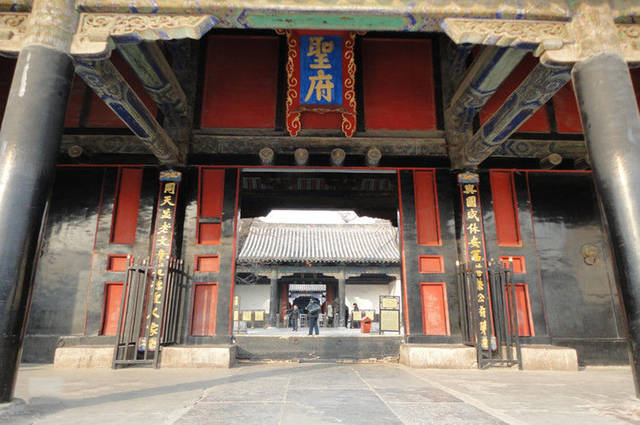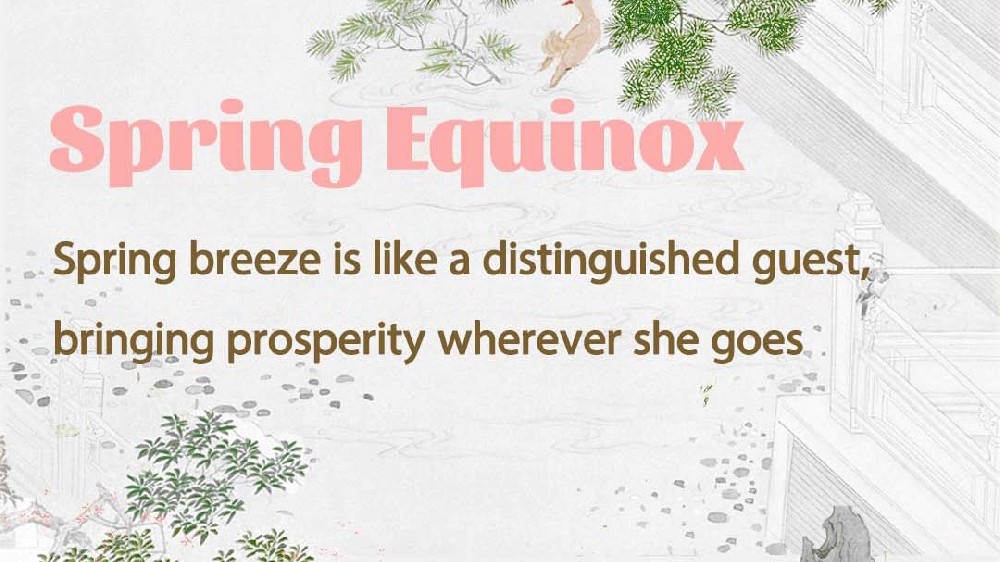
Heritage Grid | The Sacred Trinity of Qufu: Confucius’ Temple, Forest, and Mansion
In the city of Qufu, Shandong Province, lies a triad of cultural treasures that have shaped East Asian civilization for over two millennia: the Temple of Confucius (孔庙), the Confucius Family Mansion (孔府), and the Confucius Forest (孔林).
Together, these sites form the Three Confucian Sites, a UNESCO World Heritage designation since 1994 and a pilgrimage destination for scholars, historians and travelers seeking to unravel the legacy of China’s most revered philosopher.
Geography and Historical Tapestry

1. The Temple of Confucius (孔庙)
Founded in 478 BCE, just a year after Confucius’ death, the temple began as a modest shrine in his former residence. Over centuries, emperors from the Han to Qing dynasties expanded it into a sprawling complex of 460 rooms, nine courtyards, and 54 ornate gateways. Its centerpiece, the Dacheng Hall (大成殿), rivals Beijing’s Forbidden City in grandeur, with 28 intricately carved dragon pillars—each a testament to imperial devotion.

2. The Confucius Mansion (孔府)
Adjacent to the temple, this labyrinthine estate housed Confucius’ descendants for 76 generations. As the hereditary home of the Yansheng Duke, the mansion blends bureaucratic rigor with domestic intimacy. Its 463 rooms include ancestral shrines, administrative offices, and a garden where peonies bloomed under Qing-era aristocrats' care. The mansion’s “Ten Sacrificial Vessels,” gifted by Emperor Qianlong, remain symbols of its political clout.

3. The Confucius Forest (孔林)
A 20-minute walk north of Qufu’s walls leads to this 200-hectare necropolis, where Confucius and over 100,000 descendants rest beneath ancient cypresses. Established in 479 BCE, the forest evolved from a simple burial mound into a microcosm of Chinese funerary art, with Ming-era stone statues and Qing-dynasty steles tracing the family’s unbroken lineage.
Heritage Value: Beyond Stones and Tombs
1. A Living Chronicle of Confucianism
Unlike static monuments, the Three Sites embody Confucianism’s living ethos. The temple’s annual rituals, such as the Qingming Festival, mirror practices described in the Analects. Meanwhile, the forest’s 10,000 graves—spanning 2,500 years—offer a unique lens into China’s evolving burial customs and clan identity.
2. Architectural Mastery
The temple’s axial symmetry and tiered courtyards reflect Confucian ideals of order, while its “Golden Sound and Jade Vibration” archway (金声玉振坊) symbolizes the philosopher’s harmonizing influence. Comparatively, the Forbidden City and Chengde Mountain Resort—China’s other architectural giants—prioritize imperial power over philosophical resonance.
Qufu’s Neighbors: Shandong’s Cultural Mosaic
Qufu is but one jewel in Shandong’s crown. Mount Tai (泰山), a UNESCO site 65 km north, served as China’s ritual nexus for millennia. The Grand Canal, linking Beijing to Hangzhou, whispers of imperial logistics, while the Neolithic Longshan culture sites nearby reveal pre-Confucian roots48. Yet none intertwine philosophy, architecture, and lineage as seamlessly as Qufu.
Whispers of Eternity
As dusk falls over the Confucius Forest, shadows dance on weathered steles—each a chapter in humanity’s longest family saga. In an age of fleeting digital memories, Qufu’s stones remind us that some legacies endure not through force but through the quiet persistence of ideas.
For Western readers, Qufu’s allure lies in its duality: a place where ancient rituals feel startlingly immediate, and where a philosopher’s teachings transcend time to ask, What does it mean to live a virtuous life? The answer, perhaps, is etched in every dragon-carved pillar and silent tomb.
